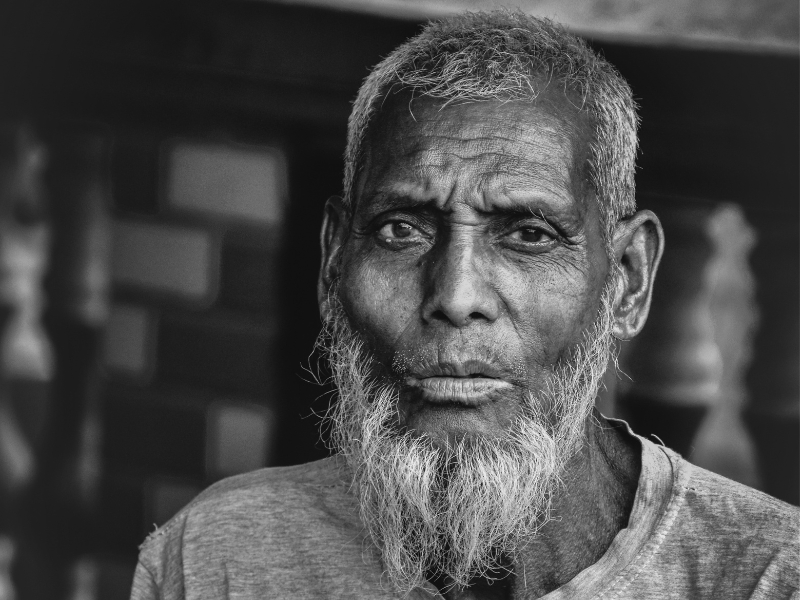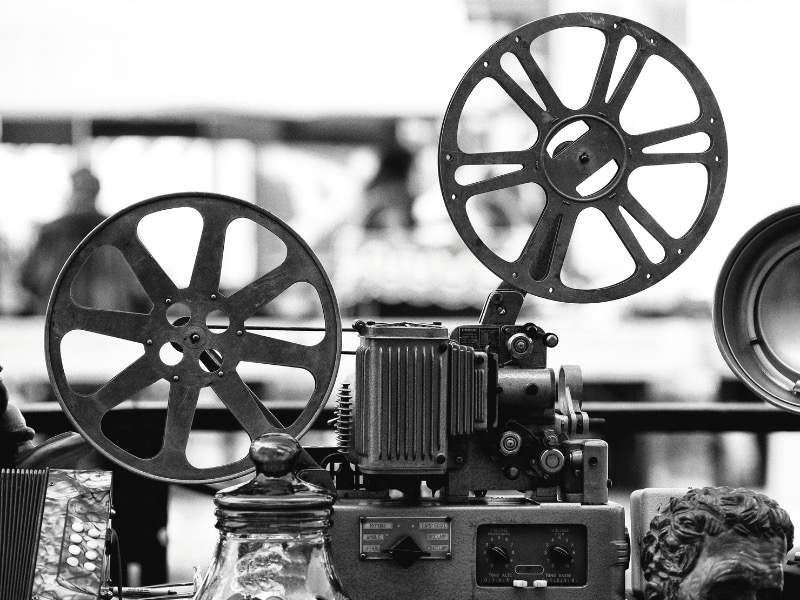Black and white photography is a timeless art form that has captivated photographers and viewers alike for generations. Despite the advent of color photography, black and white images continue to hold a special place in our hearts. They evoke emotion, highlight contrast, and provide a unique perspective on the world. This blog will guide you through the process of creating stunning black-and-white photos, from understanding the basics to mastering advanced techniques.
Understanding Black & White Photography
The Essence of Black & White
Black and white photography strips away the distraction of color, allowing viewers to focus on other elements of the image, such as texture, shape, form, and contrast. This form of photography is about creating a mood and telling a story without the use of color.
Why Choose Black & White?
- Timeless Quality: Black and white photos have a classic, timeless appeal. They are less likely to be dated by trends in color processing.
- Focus on Composition: Without color, the emphasis shifts to the composition, lighting, and the subject itself.
- Mood and Emotion: Black and white can evoke strong emotions and a sense of nostalgia.

Getting Started
Equipment Needed
You don’t need specialized equipment to start with black-and-white photography. Here’s what you’ll need:
- Camera: Any camera will do, whether it’s a DSLR, mirrorless, or even a smartphone.
- Lens: A standard lens works fine, but you might also want to experiment with wide-angle or telephoto lenses.
- Tripod: Helps stabilize your camera for long exposures or low-light conditions.
- Editing Software: Programs like Adobe Lightroom, Photoshop, or free options like GIMP can help you convert and enhance your images.
Choosing the Right Subject
Not all subjects are suitable for black-and-white photography. Here are some that work particularly well:
- Portraits: Black and white can highlight facial features and expressions.
- Landscapes: Focuses on the textures and patterns in nature.
- Architecture: Emphasizes lines, shapes, and forms.
- Street Photography: Captures the essence and mood of everyday life.
Shooting Techniques
Lighting
Lighting is crucial in black-and-white photography. Since you can’t rely on color, you need to pay extra attention to how light interacts with your subject.
- Natural Light: Soft, diffused light works well for portraits, while harsh sunlight can create dramatic shadows and highlights.
- Artificial Light: Studio lighting can give you complete control over the intensity and direction of light.
- Contrast: Look for scenes with strong contrast between light and dark areas. This will add depth and interest to your photos.

Composition
Composition is even more critical in black-and-white photography. Here are some tips to improve your compositions:
- Rule of Thirds: Place your subject off-center to create a more balanced and interesting image.
- Leading Lines: Use lines to draw the viewer’s eye into the scene.
- Symmetry and Patterns: Look for symmetrical scenes and repeating patterns that can be more noticeable in black and white.
- Framing: Use elements within the scene to frame your subject.
Texture and Detail
Black and white photography is excellent for highlighting texture and fine details. Look for subjects with interesting textures, such as old tree bark, weathered buildings, or the intricate details of a person's face.
Depth and Dimension
Creating a sense of depth is important in black-and-white photography. Here’s how you can achieve this:
- Foreground, Middle Ground, and Background: Include elements in all three areas to create a sense of depth.
- Depth of Field: Use a narrow depth of field to isolate your subject, or a wide depth of field to keep everything in focus.
- Shadows: Use shadows to add dimension and a sense of realism.
Converting to Black & White
In-Camera Settings
Many cameras have a black-and-white shooting mode. This can be useful for visualizing the final result while shooting. However, it’s generally better to shoot in color and convert to black and white in post-processing for more control.
Post-Processing Techniques
- Desaturation: The simplest method, but not always the best as it can lead to flat images.
- Grayscale Conversion: Better than desaturation, but still limited in control.
- Channel Mixer: Offers more control by allowing you to adjust the contribution of each color channel to the final black-and-white image.
- Lightroom/Photoshop Adjustments: Use tools like the Black & White adjustment layer in Photoshop or the B&W module in Lightroom to fine-tune your image.
Fine-Tuning Your Image
- Contrast: Adjust the contrast to make your blacks darker and whites brighter, adding depth to the image.
- Brightness: Adjust the overall brightness to ensure the image isn’t too dark or too light.
- Clarity and Sharpness: Increase clarity to enhance mid-tone contrast and sharpness to make details stand out.
- Dodging and Burning: Use these techniques to selectively lighten or darken areas of your photo to guide the viewer’s eye and add depth.

Advanced Techniques
High-Key and Low-Key Photography
- High-Key: Bright, low-contrast images that often convey a sense of lightness and airiness. Suitable for portraits and still life.
- Low-Key: Dark, high-contrast images that create a moody and dramatic effect. Great for creating a sense of mystery or intensity.
Long Exposure
Long exposure can create stunning black-and-white images, especially in landscapes and cityscapes. Use a tripod and a slow shutter speed to capture motion blur in clouds, water, or traffic.
Infrared Photography
Infrared photography can create otherworldly black-and-white images with unique contrast and tones. It requires a special infrared filter, or a camera modified for infrared photography.
Multiple Exposures
Combining multiple exposures can create surreal and abstract black-and-white images. This technique can be done in-camera or in post-processing.

Tips and Tricks
- Practice: Like any other skill, practice is key. Take lots of photos and experiment with different techniques.
- Study Great Photographers: Look at the work of renowned black and white photographers to understand what makes their images compelling.
- Experiment: Don’t be afraid to try new things. Experiment with different subjects, lighting, and post-processing techniques.
- Patience: Take your time to get the shot right. Black and white photography often requires more thought and planning.
Common Mistakes to Avoid
- Relying Solely on Desaturation: This can lead to flat images. Use more advanced conversion techniques for better results.
- Ignoring Lighting: Good lighting is crucial in black-and-white photography. Pay attention to how light and shadow interact with your subject.
- Overediting: Avoid going overboard with contrast and sharpness. Aim for a natural look.
- Neglecting Composition: Composition is even more important in black-and-white photography. Make sure your image is well-composed.
Black and white photography is a powerful medium that allows you to tell stories, evoke emotions, and highlight the beauty of the world uniquely. By understanding the basics, practicing shooting techniques, and mastering post-processing, you can create stunning black-and-white photos that captivate and inspire.
Remember, the key to great black-and-white photography is to see the world in shades of gray, paying attention to light, contrast, and composition. So, grab your camera, head out, and start capturing the world in black and white. Happy shooting!